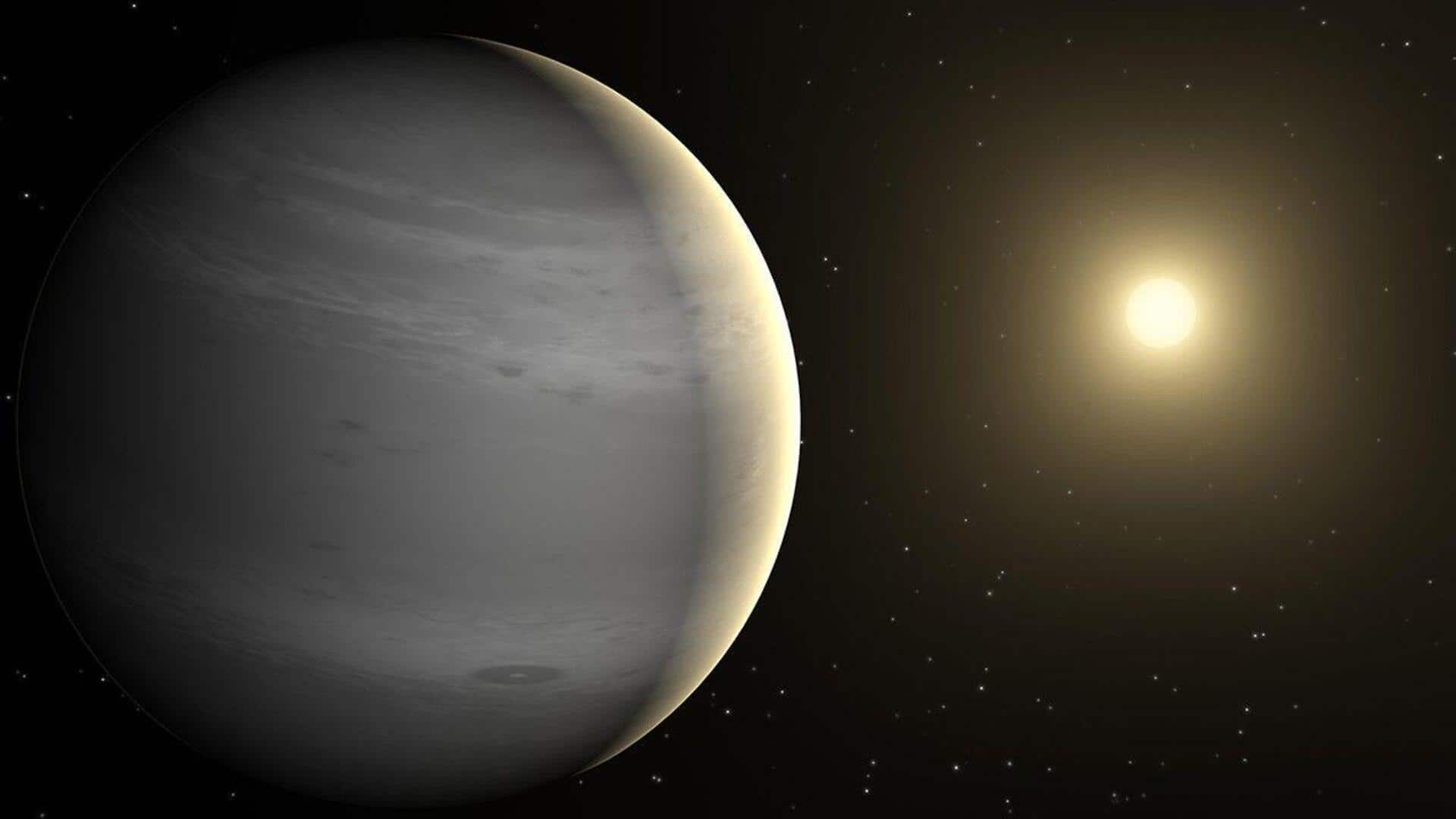
Watch: Astronomers have spotted a distant giant planet being born
What's the story
Astronomers have captured a rare glimpse of a planet being born. The discovery was made by an international team of researchers who observed hydrogen emission lines from AB Aurigae b, using the multi-object spectrograph MUSE mounted on the Very Large Telescope (VLT) in Chile. The detection is seen as a major breakthrough in understanding how planets form and evolve over time.
Protoplanet profile
AB Aurigae b is a massive protoplanet
AB Aurigae b is a massive protoplanet, about four times the mass of Jupiter, located 93 AU from its star. Its young age of around two million years and the large amount of surrounding material strongly support that it is still in the process of formation. The hydrogen emission lines detected by MUSE are interpreted as evidence of mass accretion from a circumplanetary disk onto this still-embedded protoplanet.
Emission significance
Hydrogen emission lines detected by MUSE
Hydrogen emission lines are commonly observed around young stars and their protoplanetary disks. In the case of AB Aurigae b, the emission comes from material accreting onto a small disk surrounding the still-embedded protoplanet. The team was able to separate emissions from both the protoplanet and its circumplanetary disk using MUSE's high spatial (0.3 arcseconds) and spectral resolution (l/Dl ~ 3000).
Emission profile
Only protoplanet with this type of emission
The detected Ha emission at the position of AB Aurigae b shows an inverse P Cygni profile, similar to that seen in young stars undergoing mass accretion. This makes AB Aurigae b the only protoplanet with this type of emission so far. The discovery adds to the understanding of planet formation and evolution, especially for those located far from their parent stars.
Formation models
Discovery challenges standard planet formation models
The discovery of AB Aurigae b, a distant giant planet not seen in our solar system, challenges standard planet formation models. These models cannot fully explain how such a massive planet could form so far from its star before migration occurs.